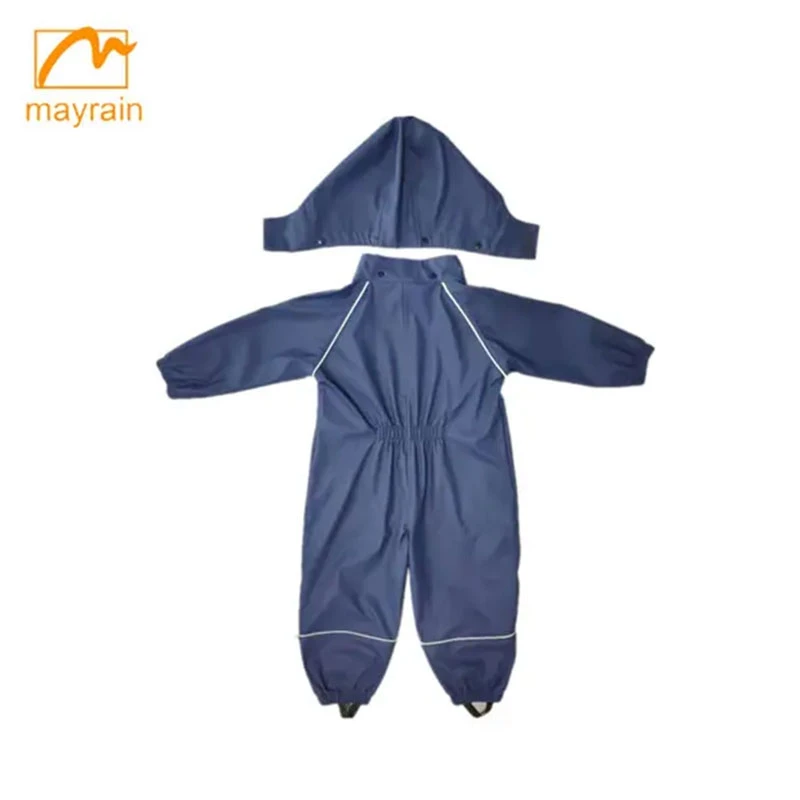 rainwears@163.com may@may-rain.com
rainwears@163.com may@may-rain.com Mon to Friday: 8.00 am - 7.00 pm
Mon to Friday: 8.00 am - 7.00 pm
disposable plastic rain ponchos
The Environmental Impact of Disposable Plastic Rain Ponchos
In today's fast-paced world, convenience often takes precedence over sustainability, leading to the widespread use of disposable plastic products. One such item that has gained popularity due to its practicality is the disposable plastic rain poncho. Whether at outdoor events, festivals, or while traveling, these ponchos are frequently chosen for their lightweight and waterproof features. However, the environmental ramifications of using disposable plastic rain ponchos cannot be overlooked.
Disposable plastic rain ponchos are typically made from polyethylene, which is a type of plastic that is both affordable and effective in providing temporary protection against rain. The appeal of these ponchos lies in their single-use nature; they can easily be packed away and discarded after use. Yet, this convenience comes at a considerable cost to our environment.
When discarded, these ponchos contribute to the ever-growing problem of plastic waste. It is estimated that millions of plastic items end up in landfills and oceans each year, where they remain for hundreds of years. Plastic does not decompose like organic materials; instead, it breaks down into smaller microplastics, which pose a severe threat to wildlife and ecosystems. Marine animals often mistake plastic debris for food, leading to ingestion and subsequent harm or death.
Moreover, the production of disposable plastic ponchos contributes to carbon emissions and resource depletion. The manufacturing process not only consumes fossil fuels but also requires significant amounts of water and energy. The extraction of crude oil, which is the primary raw material for creating plastics, is an environmentally damaging process in itself. The pollution and habitat destruction associated with oil drilling further exacerbate the ecological crisis we face today.
disposable plastic rain ponchos

In light of these environmental concerns, many advocates argue for a shift towards more sustainable alternatives. Reusable rain gear made from durable materials such as nylon or polyester can significantly reduce waste. These reusable ponchos, while initially more expensive, ultimately prove to be more economical and environmentally friendly over time. They can be washed and used multiple times, thereby decreasing the overall demand for single-use plastics.
Another alternative gaining traction is the production of biodegradable ponchos made from natural materials, such as plant fibers or organic cotton. These materials break down more efficiently in the environment, reducing the long-term impact on landfills and oceans. Eco-conscious brands are beginning to offer such products, allowing consumers to make informed choices that align with their values of environmental stewardship.
Education and awareness play a crucial role in addressing the issue of disposable plastic rain ponchos. By informing consumers about the consequences of single-use plastics and promoting sustainable alternatives, we can shift cultural perceptions and behaviors. Events and festivals can also lead the charge by implementing policies that prohibit disposable plastics, encouraging attendees to bring their own reusable rain gear.
In conclusion, while disposable plastic rain ponchos serve a practical purpose, their environmental impact cannot be ignored. The convenience they offer is outweighed by the long-lasting harm they inflict on our planet. Switching to reusable or biodegradable alternatives and raising awareness about the environmental implications of our choices can help mitigate this issue. As we move towards a more sustainable future, it is imperative that we reassess our reliance on single-use plastics and embrace environmentally friendly options. The choice we make today will dictate the health of our planet for generations to come.
-
Silver Printed Women’s Jacket – Stylish, Lightweight & Trendy Outerwear
NewsJul.30,2025
-
Fashionable Design Long Raincoat Rain Poncho Waterproof Polyester
NewsJul.30,2025
-
High Lighting Reflective Rain Jacket Windbreaker Safety Jacket for Adult
NewsJul.29,2025
-
Disposable PE Rain Poncho - Lightweight, Waterproof, Easy to Carry
NewsJul.29,2025
-
Stylish Lady Coat Women Jacket – Trendy & Elegant Outerwear
NewsJul.29,2025
-
Full Printing 100% Waterproof Wearable Striped Polyester Fashion Windproof Raincoat
NewsJul.29,2025































